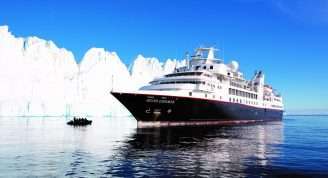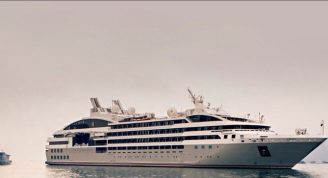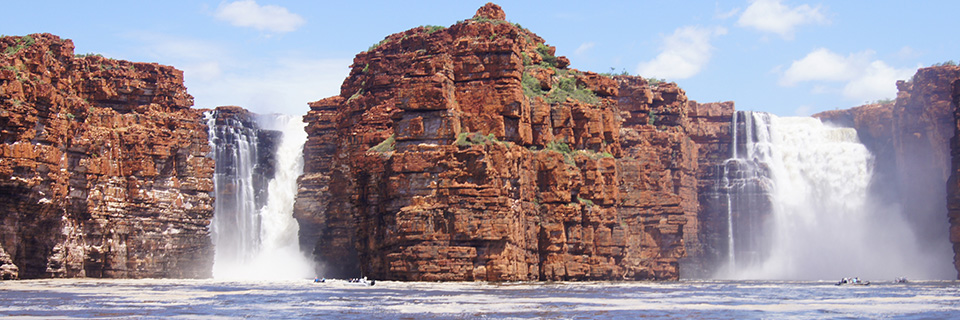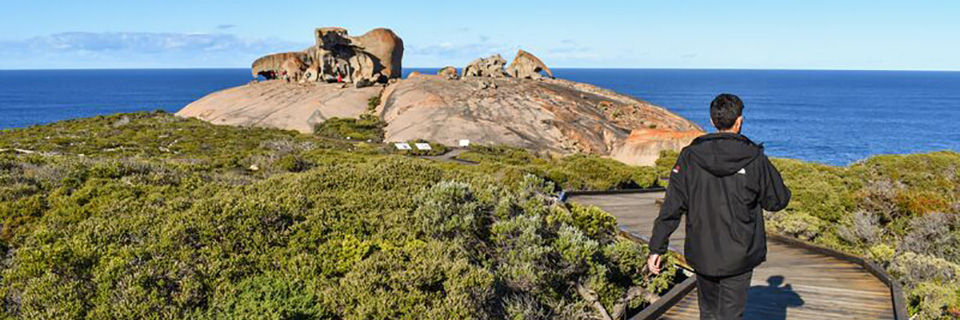Description
Sail into a world few ever experience where unique time-honoured traditions and elaborately costumed dancers welcome us into their world. Explore the rich history, iconic WWII sites, cultures and wildlife of Papua New Guinea, the Solomon Islands and Vanuatu on this 18-day authentic expedition cruise which includes a flight from Cairns to Port Moresby.
Crossing the Buka Channel at Nissan Island we see reminders of intensive World War II action, then enter a long-isolated world as we are among the first travellers to return to Bougainville. Sailing through the turquoise waters of the Solomon Islands, new vistas and unexpected encounters await. Discover one of the conservation jewels of the South Pacific on Tetepare Island and observe the ancient Rom Dance on Ambrym Island.
Experience a kaleidoscope of cultures as we explore Vanuatu, where more than 100 indigenous languages are spoken. With over 80 habitable islands, islanders have closely guarded their own cultures and languages. Our expedition embraces some of these cultures and languages, as we explore one of the happiest places on the planet.
Throughout Melanesia there are spectacular reefs, which are home to masses of fish and coral gardens of every colour. These waters offer some of the greatest marine diversity and snorkelling in the world and everybody will have the opportunity to appreciate the beauty beneath the waves. Whether you are snorkelling or swimming, this ocean aquarium is waiting to be explored and discovered.
For birders, this itinerary offers once-in-a-lifetime species on remote islands where few have been before, and endemic birdlife such as the Solomon Sea Eagle, or the Vanikoro White-eye, may be seen. The birding potential is exceptional, and to allow birders to maximise the opportunities on the expedition there is an optional specialised birding programme with customised excursions. This expedition includes the option to join a sea kayaking excursion with an expert guide. Kayakers are rewarded with tranquil, tropical settings and are a source of fascination to the locals who often paddle their canoes out to join them and invite them back to their villages.








